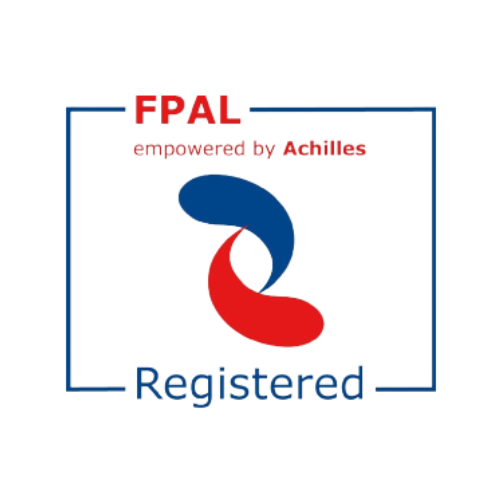Knowing the hazard levels in your system is a crucial step in managing arc flash risk. An arc flash hazard calculation study can tell you exactly what the hazard is and under what conditions. It will help you identify activities with high arc flash risk so you can focus on them first.
When an arc flash hazard calculation study is performed according to IEEE Standard 1584, there are some additional advantages. Because fault levels and time-current characteristics need to be determined for the arc flash hazard calculations, equipment evaluation and protective device coordination (evaluation of selectivity) can be added with ease. This way, an arc flash hazard calculation study turns into a total system check-up, assessing the coordination between protection devices.
Arc Flash Legislation
There is a clear requirement for the recognition of arcing as a hazard and a need to undertake a suitable and sufficient risk assessment of recognised hazards. In Europe, there’s currently no legal obligation to consider it, but current standards are perfectly suited to include arc flash hazards in a work safety program.
Arc Flash Calculations
The calculation of arc flash hazard levels is done using the IEEE standard 1584-2002: IEEE Guide for Performing Arc Flash Hazard Calculations. For three-phase systems of voltages between 208 V and 15 kV, a calculation method is available that uses empirically derived formulas. For voltages higher than 15 kV, a theoretical method is applied that has been developed by Ralph Lee.
Data Calculations
To create an accurate model of the power system, the first step is to collect data. From a single line diagram, all components that need to be modelled – for example, cables, transformers, switchgear, and protective devices—are identified and listed in data collection forms. Getting the actual data for each of the components can be completed by your personnel or on-site by Engineering Power Solutions.










